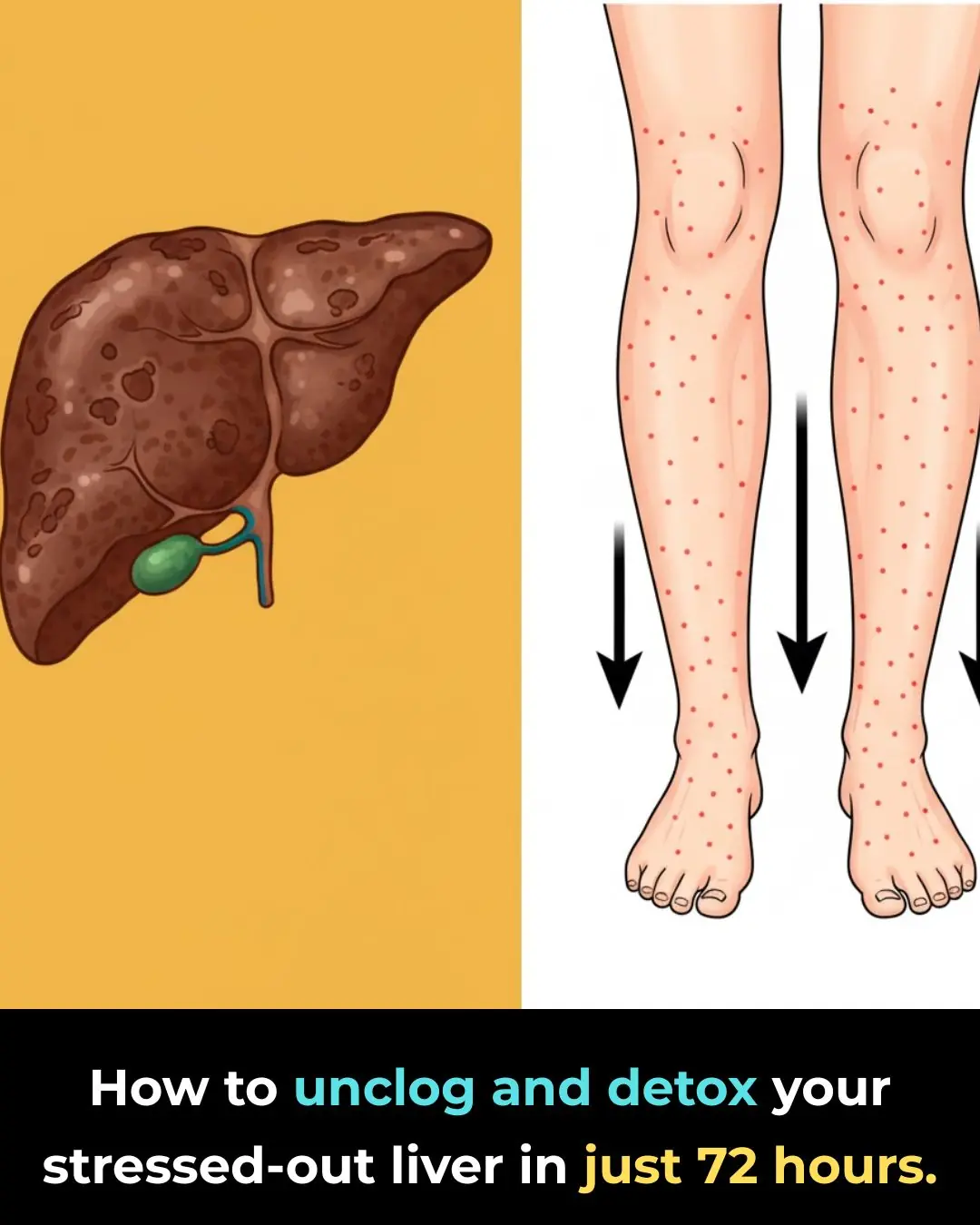
Top 10 signs of a BLOOD CLOT in your leg (prevent Deep Vein Thrombosis)
Blood clots are far more common than most people realize. In the United States alone, one person dies from a blood-clot-related condition every six minutes. These events are often silent, sudden, and deadly—which makes recognizing the early warning signs critically important.
Below are the Top 10 signs of a blood clot in the leg, medically known as Deep Vein Thrombosis (DVT). While clots can form anywhere, they most commonly develop in the pelvis, thighs, and lower legs.
A major danger of DVT is that a piece of the clot can break off and travel to the lungs. When this occurs, it creates a pulmonary embolism (PE)—a life-threatening emergency that requires immediate hospital treatment.
Today we’ll explore the key symptoms, hidden causes, long-term consequences, and practical steps you can take to protect yourself.
10. Inflammation (Swelling)
Unexplained swelling in your leg—especially the calf, ankle, or upper thigh—may be one of the earliest signs of a blood clot. Swelling that does not improve with rest, elevation, or home remedies is especially concerning. Because the leg contains dense muscle and bone, the body struggles to dissolve clots here naturally. Any sudden or persistent swelling requires medical evaluation.
9. Redness or Discoloration of the Skin
Redness can happen for many reasons, but when the skin develops persistent red or darkened patches, it may indicate impaired blood flow from a clot. If discoloration appears after an injury, surgery, or without clear cause—and continues to spread—see a doctor promptly.
8. Warm Skin Over the Affected Area
A clot disrupts normal circulation, causing the surrounding skin to feel warm or almost hot to the touch. This warmth may be accompanied by tingling, throbbing, or a heavy sensation in the limb. If cold compresses fail to reduce the warmth, the issue should be assessed professionally.
7. Tenderness and Increased Sensitivity
Many people report soreness, discomfort, or an unusual tenderness around a developing clot. Because this discomfort often causes individuals to put more weight on the opposite leg, it can lead to muscle imbalance, hip pain, or joint strain over time.
6. Increased Heart Rate
As a clot grows, the body works harder to dissolve it, forcing vital organs to increase their workload. This can trigger a rapid or irregular heartbeat, sometimes accompanied by chest discomfort or breathlessness. A racing heart not linked to exercise, stress, or stimulants should never be ignored.
5. Fever
When a clot breaks loose or disrupts circulation, the body may respond with a low-grade or even high fever. Additional symptoms can include chills, sweating, headaches, fatigue, or dehydration. Severe fevers may cause confusion or mood changes, which signal a dangerous medical situation.
4. Distended or Bulging Veins
Large, swollen, or unusually visible veins may indicate that a clot is increasing pressure inside the vein. Individuals with varicose veins are already at higher risk for DVT, and new or worsening vein swelling should be monitored carefully.
3. Fainting or Lightheadedness
While fainting is usually tied to dehydration or low blood sugar, it can also signal a serious drop in oxygenated blood reaching the brain, potentially caused by a clot. If the clot travels to the lungs, dizziness may be accompanied by sharp chest pain, coughing, or difficulty breathing.
2. Fatigue and Low Energy
As the body diverts resources to fight inflammation and restore blood flow, a person may experience significant, unexplained fatigue. Even after a full night’s sleep, energy levels may remain low. When fatigue occurs alongside leg pain or swelling, DVT should be considered.
1. No Symptoms at All
Shockingly, up to half of all people with DVT experience no symptoms whatsoever. Often, the first noticeable sign occurs only after the clot breaks free and becomes a pulmonary embolism. Because early detection is limited, prevention and awareness are crucial.
Warning Signs of a Pulmonary Embolism (PE)
Seek help immediately if you experience multiple symptoms such as:
-
Sudden shortness of breath
-
Chest pain
-
Rapid heartbeat
-
Lightheadedness
-
Low oxygen levels
-
Coughing or coughing up blood
-
Low blood pressure
Early treatment with anticoagulants or thrombolytic drugs can save your life by breaking up the clot before permanent damage occurs.
Long-Term Consequences of DVT
According to public health data, 50% of DVT survivors develop long-lasting complications. Additionally, one-third will experience another clot within 10 years.
Persistent damage to vein valves can lead to Post-Thrombotic Syndrome (PTS), which may cause:
-
Chronic swelling
-
Ongoing pain
-
Skin discoloration
-
Skin thickening, scaling, or ulcers
In some cases, PTS becomes so severe that it severely limits mobility or daily functioning.
The Hidden Condition Behind Many Blood Clots: High Blood Viscosity
One often overlooked factor is high blood viscosity, meaning the blood is unusually thick and sticky. This condition raises the risk of:
-
Deep vein thrombosis
-
Heart disease
-
High cholesterol
-
Stroke
-
Metabolic syndrome
-
Diabetes
Thicker blood increases friction inside the veins, making circulation slower and reducing oxygen delivery throughout the body. A simple complete blood count (CBC) test can provide indicators related to blood viscosity.
Research from Edinburgh University found that high blood viscosity is just as important as high blood pressure or LDL cholesterol in predicting heart-attack-related deaths—yet it is frequently ignored in standard care.
What Can You Do to Improve Blood Viscosity?
One effective strategy is increasing your intake of omega-3 fatty acids, which naturally:
-
Reduce inflammation
-
Help thin the blood
-
Slow excessive clotting
Remember:
DVT in the legs or pelvis does NOT cause heart attacks or strokes.
Those events are caused by arterial thrombosis—clots in the arteries of the heart or brain.
How to Prevent Blood Clots and Protect Your Circulation
Here are practical, evidence-based prevention tips:
-
Avoid tight clothing that restricts leg movement.
-
Move or stretch regularly during long travel.
-
Elevate your legs at least six inches above your heart daily.
-
Keep both feet flat while sitting; avoid crossing your legs.
-
Be physically active for at least 30 minutes a day.
-
Use compression stockings if recommended by a healthcare provider.
-
Protect your legs and arms from impact injuries.
-
If using hormonal birth control, ask your doctor about alternatives.
-
Reduce sodium intake by avoiding processed foods.
-
Stay hydrated throughout the day.
-
Stop smoking entirely.
Following these steps can significantly lower your risk and improve long-term vascular health.
News in the same category


Drink one cup daily of this juice to UNCLOG arteries?
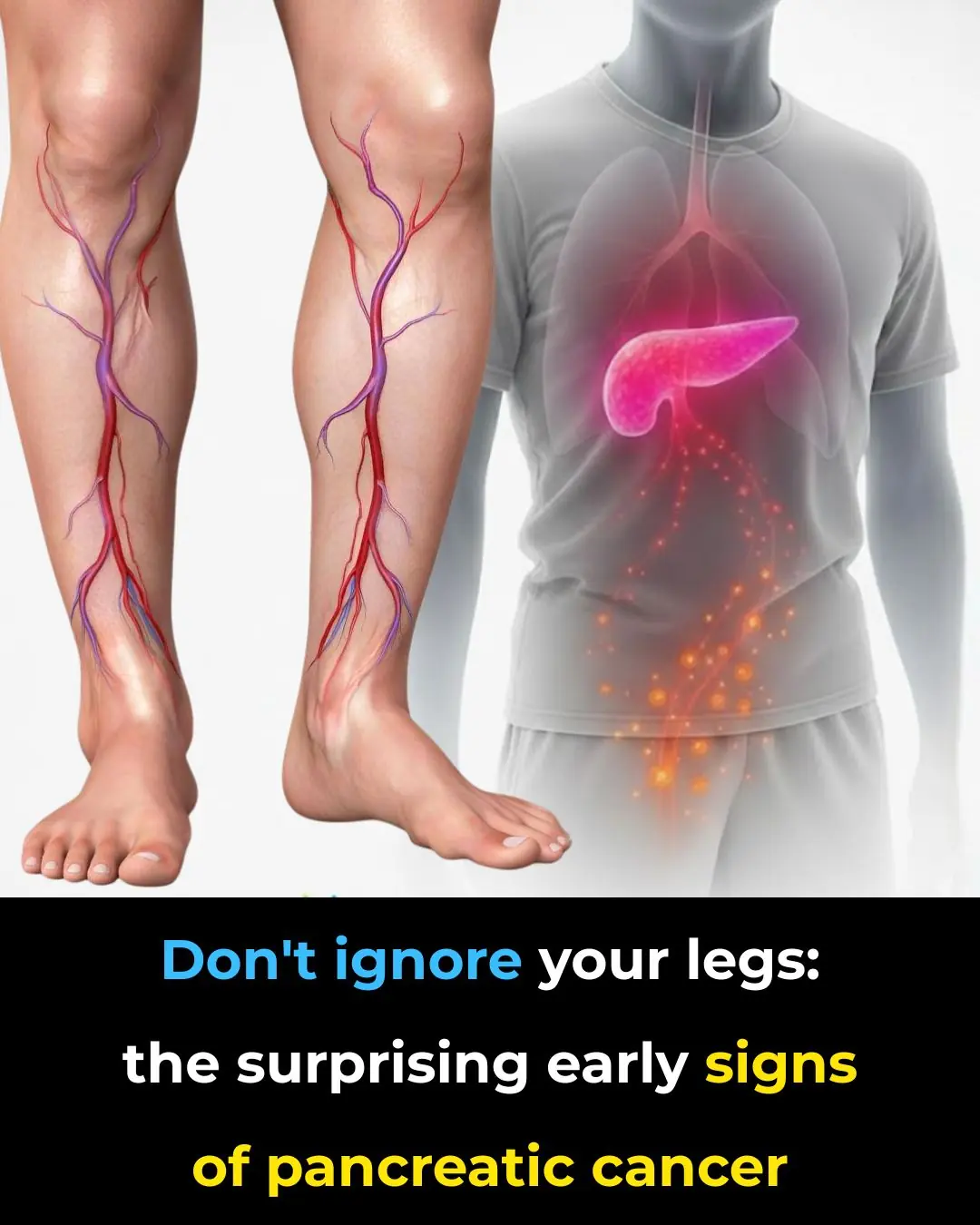
Don’t ignore your legs: the surprising early signs of pancreatic cancer

9 cancer warning signs your body is sending you (don’t ignore these!)

Texas reports 4× surge in whooping cough cases — health officials issue statewide alert

Throat problems may be warning you about hidden blood pressure issues, study finds

Say Goodbye to Parasites, Cholesterol, High Blood Pressure, and Poor Circulation With This 7-Day Homemade Drink
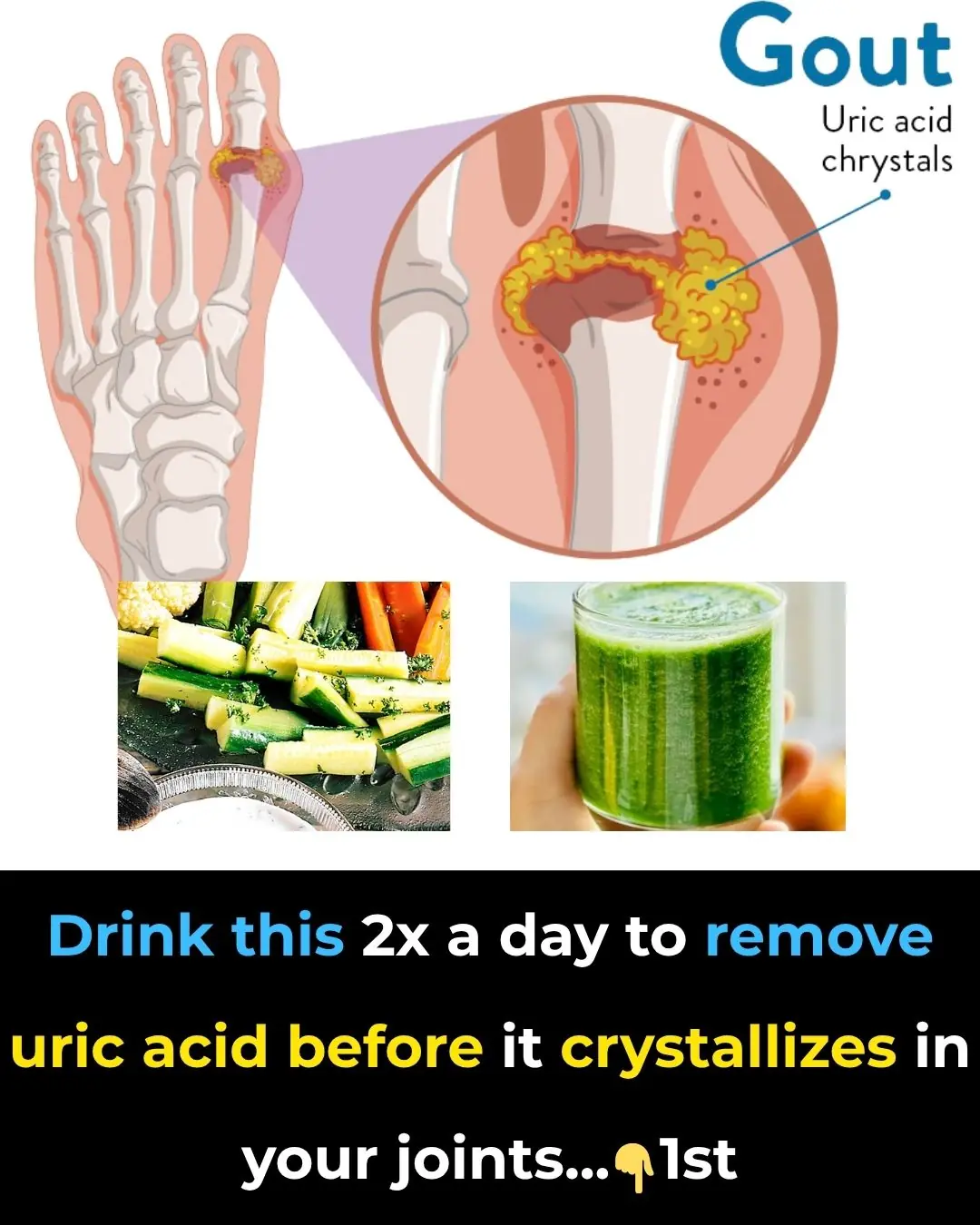
Drink This 2X a Day to Remove Uric Acid Before it Crystallizes in Your Joints and Becomes Painful

Lower blood sugar naturally by training just 2 leg muscles
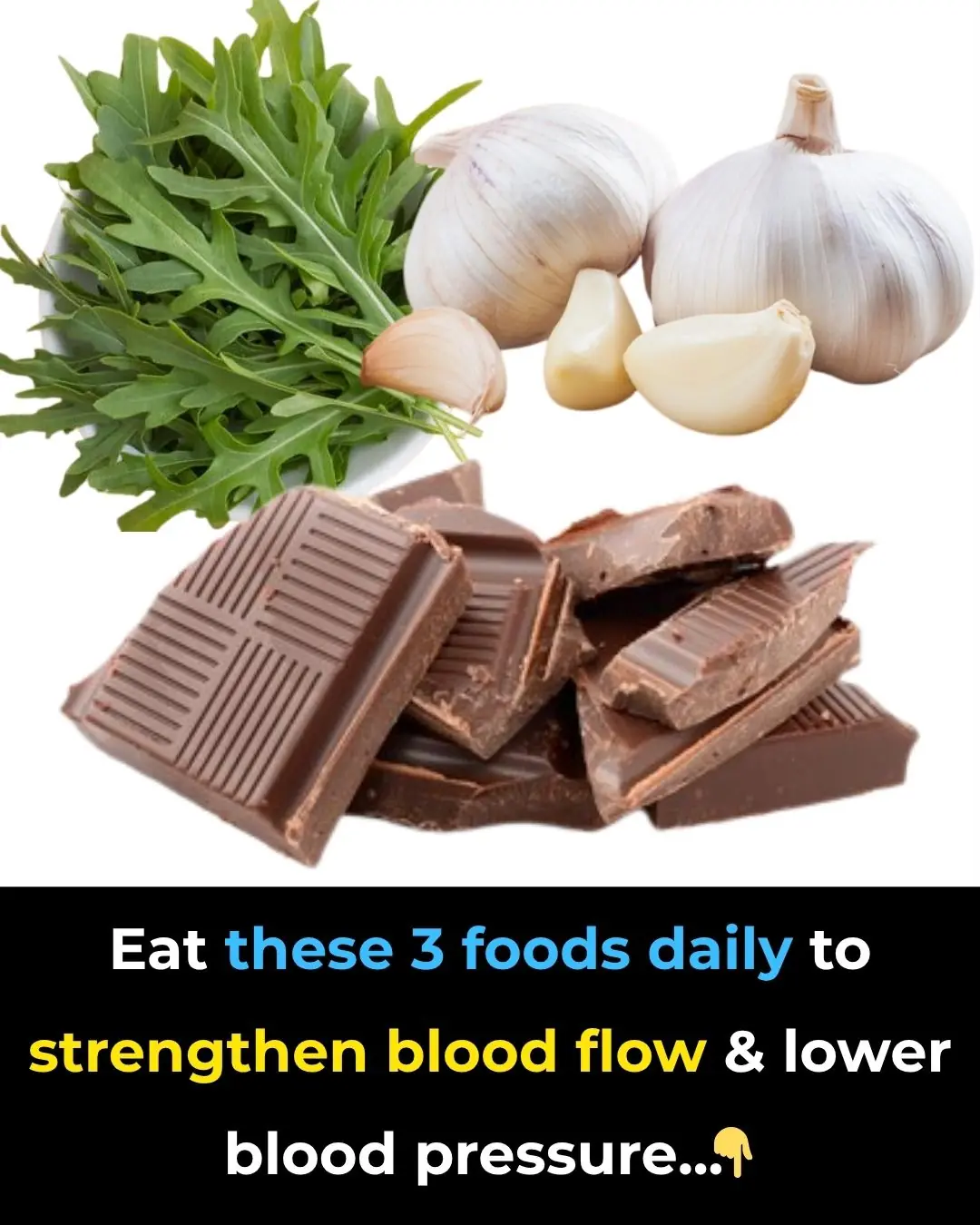
3 Food Combo to Strengthen Your Heart

What Your Belly Is Trying to Tell You
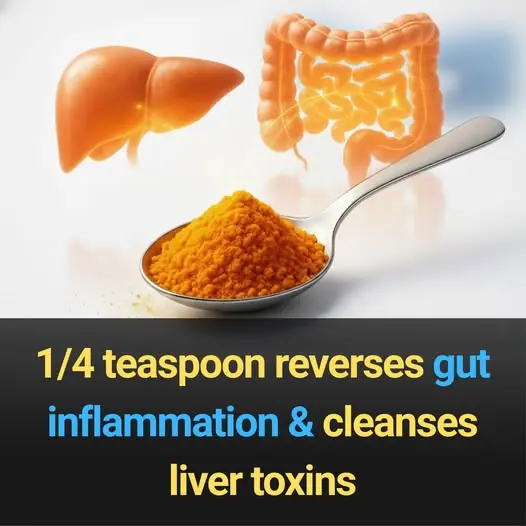
1/4 teaspoon reverses gut inflammation & cleanses liver toxins

Vitamin D3 cuts second heart attack risk by half
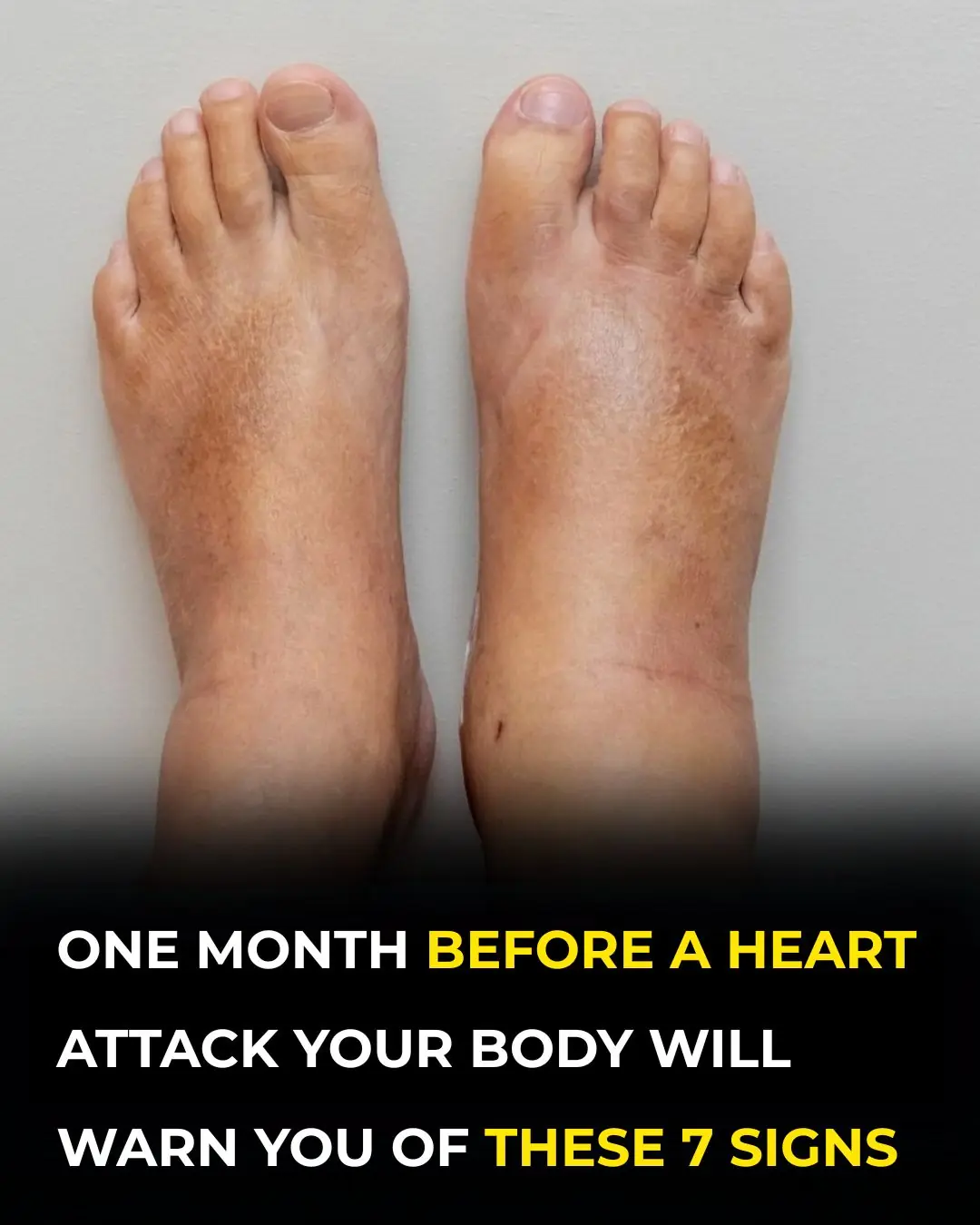
One Month Before A Heart Attack, Your Body Will Warn You Of These 7 Signs

4 vitamins to reverse neuropathy and damaged nerves – relieve foot & hand pain fast!

1st death linked to “meat allergy” spread by ticks, doctors confirm

Ignite Your Day: Eggs + Coffee for Unstoppable Stamina & Vitality

How to Effectively Remove a Painful Ingrown Toenail WITHOUT Having To Go To The Doctor

This Is What Happens To Your Lungs When You Dry Laundry Indoors
News Post

How To Unclog And Detox Your Stressed-Out Liver In Just 72 Hours

Why should you drop a clove of garlic into the toilet at night?

4 ways to boil chicken without water

5 Best Collagen Toners For Wrinkle Free Glowing Skin

Rice water is like gold in the house if you know how to use it for these things

7 Days Indian Glass Skin Challenge

I Just Discovered the Benefits of Hanging a Bottle Cap on a Keychain

4 Dangerous Mistakes When Using an Air Fryer: Risks of Food Poisoning, Cancer, and Fires
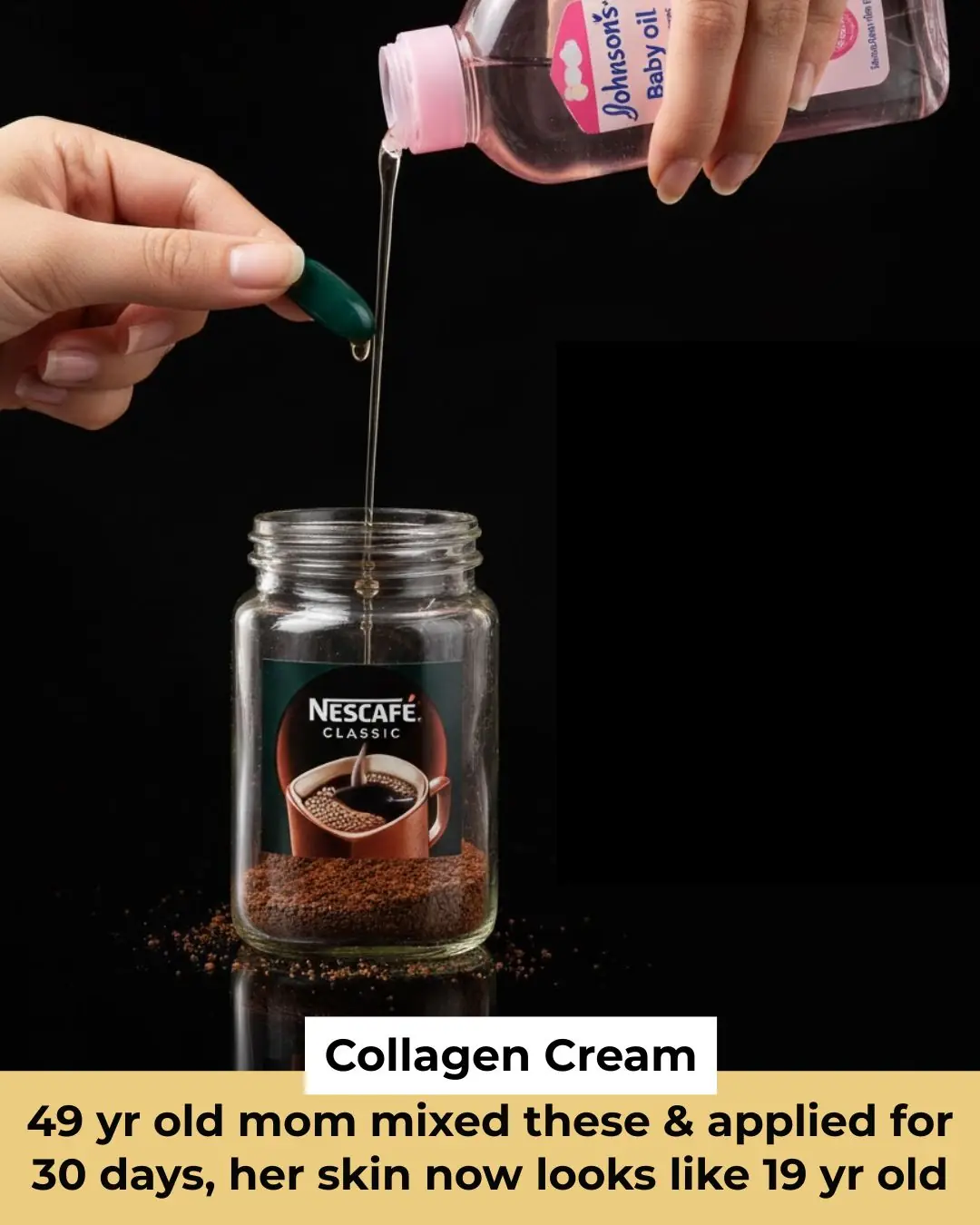
Coffee Baby Oil Vitamin E Formula: Collagen Cream For Wrinkle Free Glowing Skin

Lady places cup of vinegar into microwave. Here’s the genius reason why
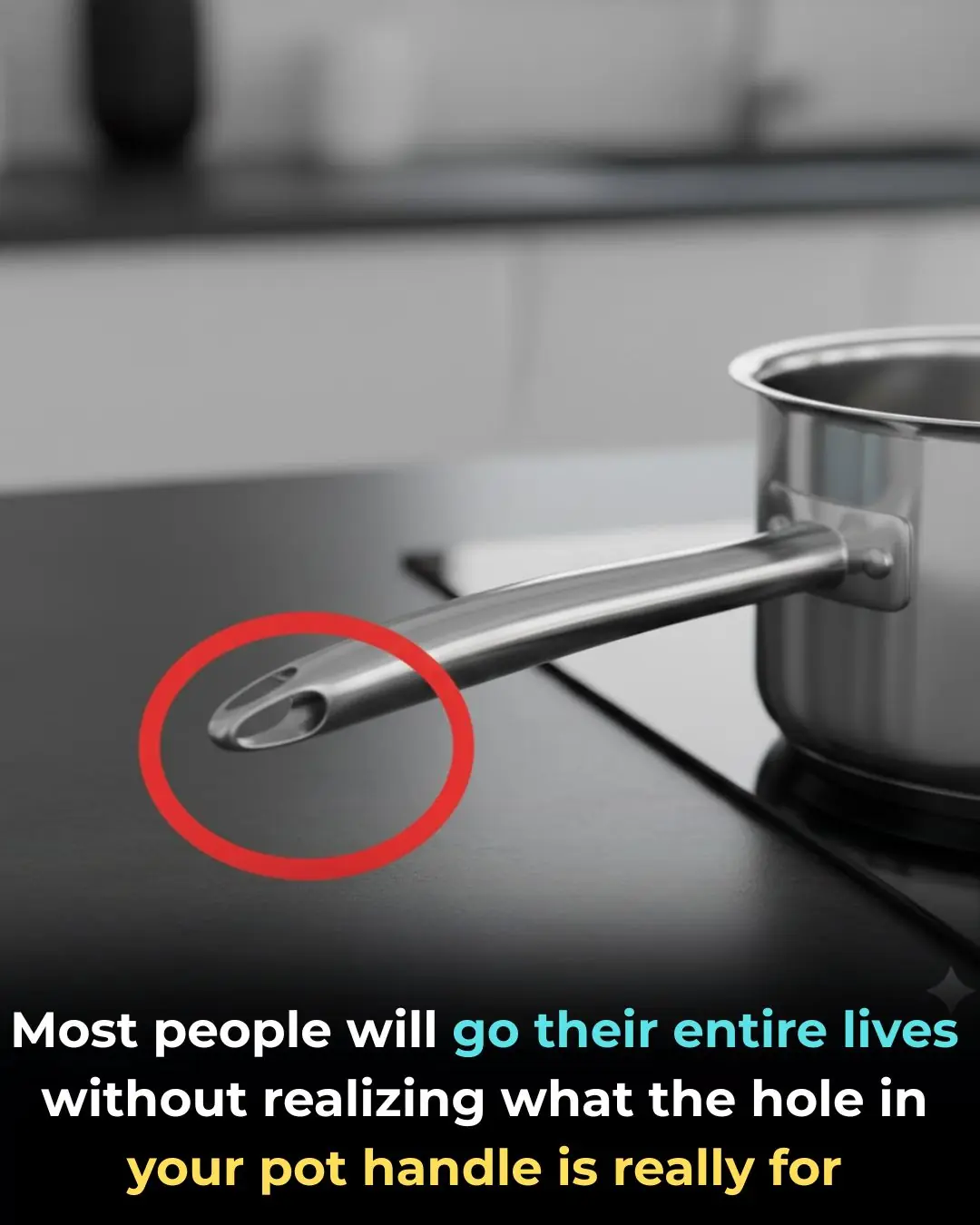
I had no idea this was a thing
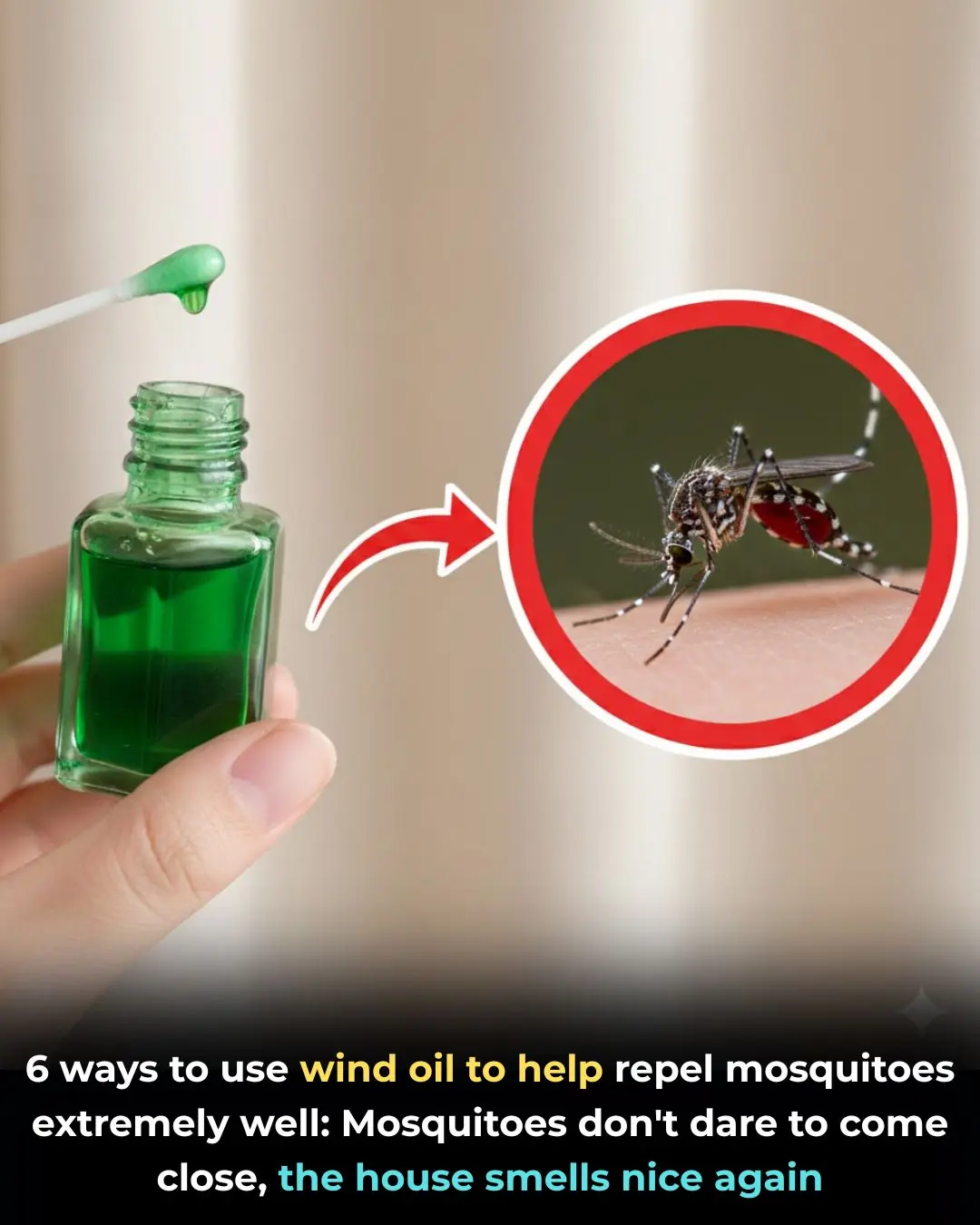
6 ways to use wind oil to help repel mosquitoes extremely well

10 odd home fixes you’ll wish you learned years ago
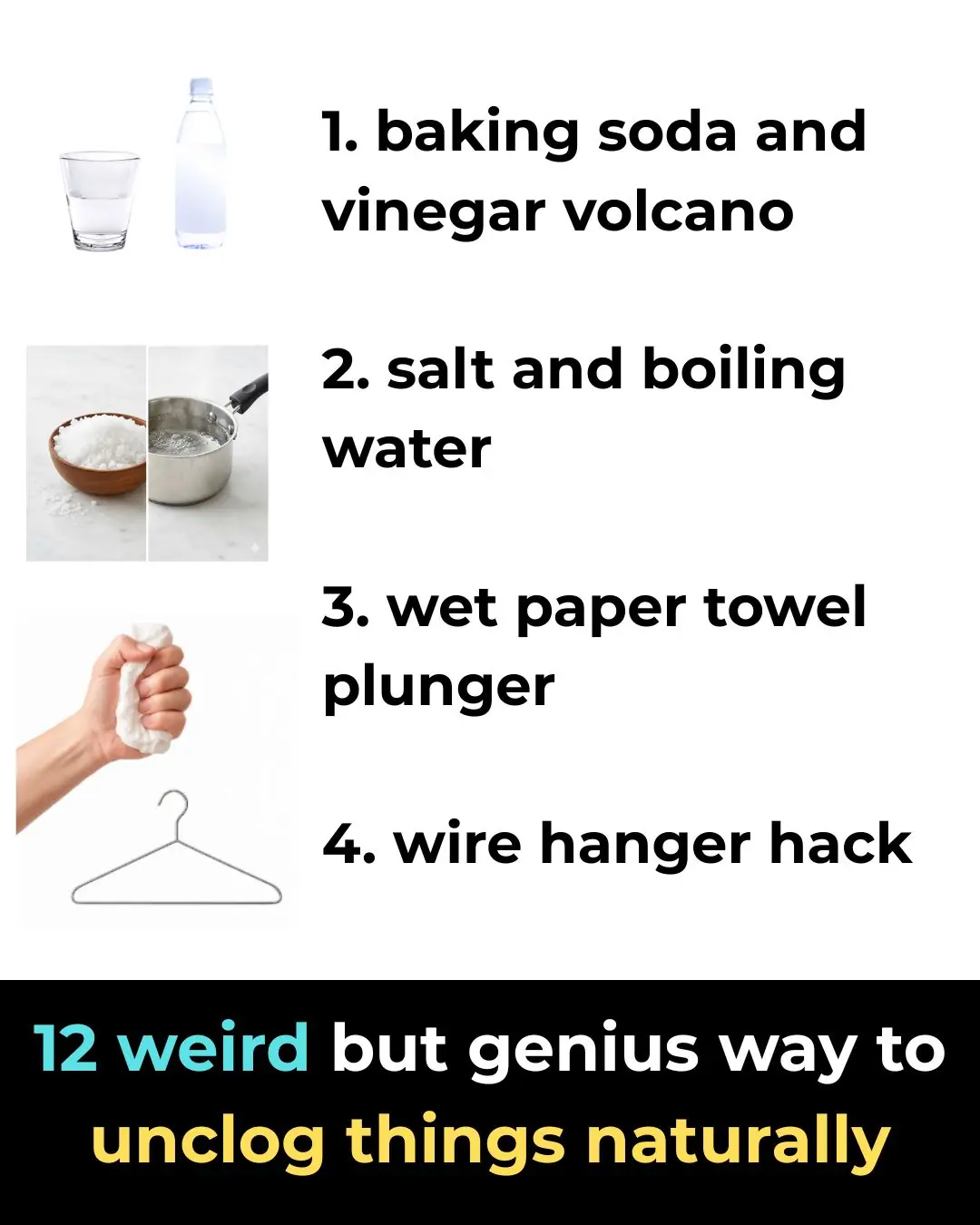
12 weird but genius ways to unclog things naturally
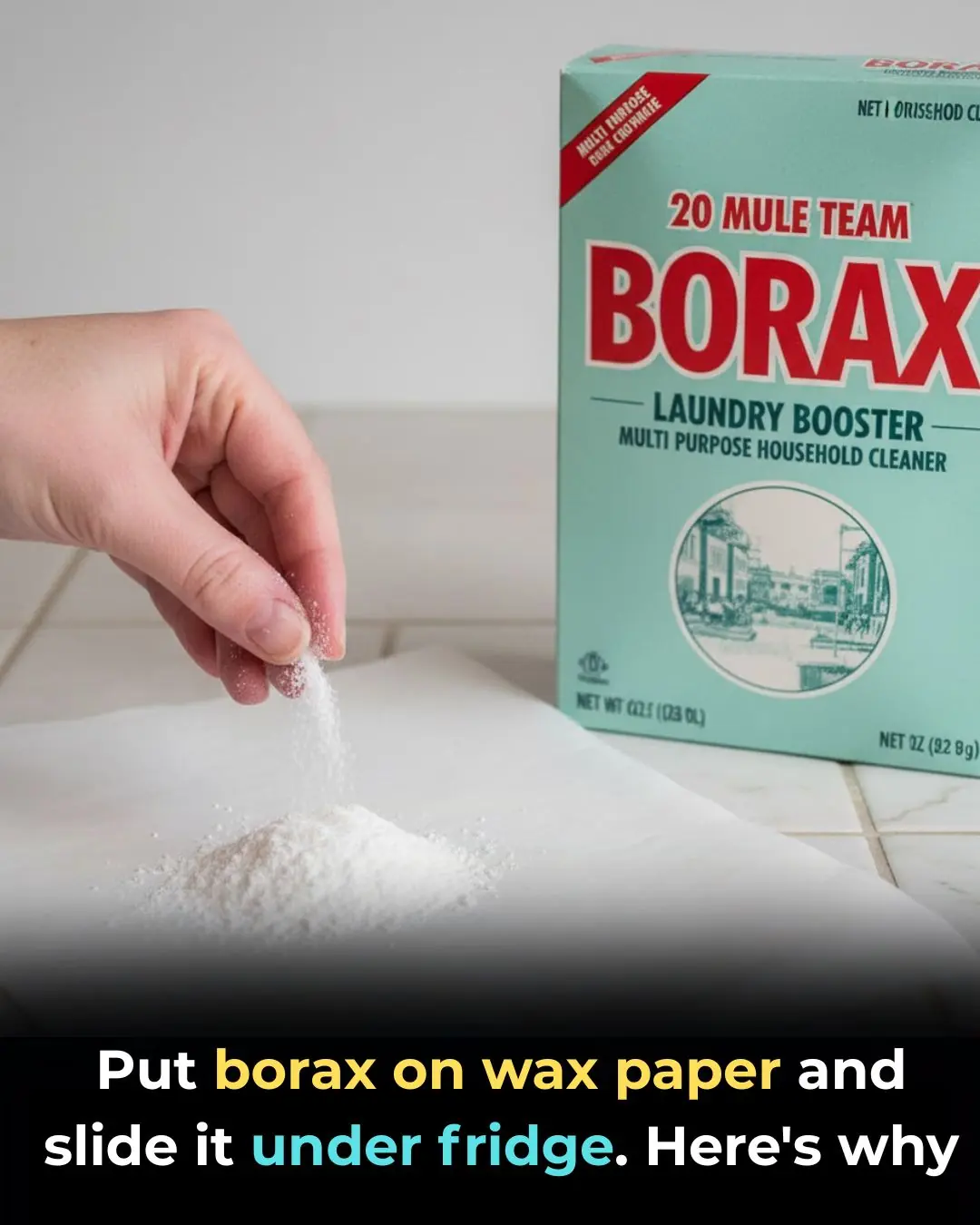
Put borax on wax paper and slide it under fridge. Here's why

How to Grow Cucumbers in Pots for Heavy Harvests All Season Long

How to make steamed pears with rock sugar is both delicious and nutritious
Let’s take a look at some tips to help keep your kitchen space clean and free of unpleasant odors.
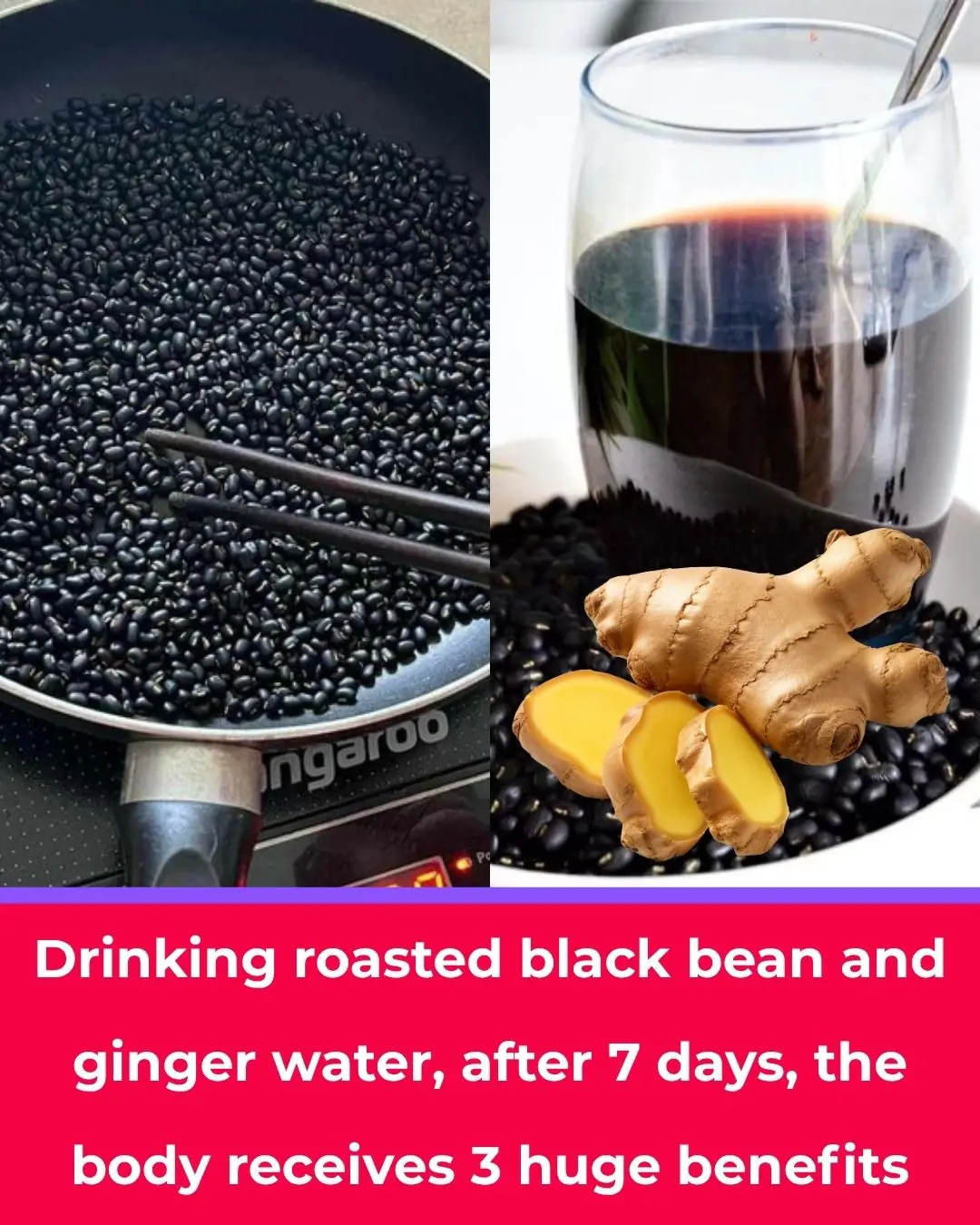
Drinking Roasted Black Bean and Ginger Tea for 7 Days Brings 3 Major Health Benefits
